The carbonated drinks industry is fed up with being told that the sparkle has gone out of its business. However, for all suppliers' protestations that they still control a sizeable chunk of the soft drinks market, the signs are that the carbonated business is not what it used to be.
In the past 12 months, there has been phenomenal growth in the still drinks sub-category, which has been growing at a faster rate and made more money last year.
TNS data shows that sales of flavoured carbonates fell 0.9% to £543m in the year to 28 January. Figures just released by trade body Beverage Can Makers Europe show that 3.481 billion beverage cans were shipped for the soft drinks market in the UK during 2006; this is down 1.8% on 2005, following a decline of 2.5% the previous year.
While some of this may reflect a switch from metal to plastic as a container for fizzy drinks, John Revess, marketing director for Rexam Beverage Can Europe and Asia, believes fizzy drinks have been hit hard by growing consumer interest in healthy eating and subsequent demand for still drinks, which are perceived to fulfil that demand.
"The changing landscape of the beverage industry is seeing a shift from traditional beverages such as carbonated soft drinks towards drinks with a clear health proposition," he notes. "The figures from BCME do not represent significant drops, but they reflect the growing customer awareness of health and wellbeing as well as concerns about obesity.
"Consumers are spending more on health foods and beverages today than ever before and they expect to find a wide range of healthy options in stores. On the drinks side, these include energy drinks, fresh juices, water-based drinks, dairy products and other life-enhancing functional drinks.
In response, producers are starting to fight back with new, no-sugar products such as Coke Zero - the 'bloke Coke'. Coke Zero has helped reinvigorate the sugar-free category as well as attract back older people who may have given up on traditional soft drinks because of health concerns, says Revess.
Suppliers are keen to improve the health credentials of existing products but are also tapping into the health agenda to drive NPD. "The wellbeing drinks category (those that offer health benefits beyond basic nutrition) is emerging as increasingly important," says Britvic's Soft Drinks Report 2007, citing Nielsen data. "It is the third fastest-growing and has now reached £841m in value with further growth predicted."
Health concerns are also affecting the market in another way, according to Mintel research."Four in 10 adults have avoided alcohol in the past three months because they are driving, while one in five has abstained for health reasons, including dieting."
It adds that more people are avoiding alcohol altogether, with 17% of respondents to the research claiming to be teetotal and a further 8% of drinkers claiming to be temporarily on the wagon.
It is likely to benefit the soft drinks industry as people turn from hard alcohol to soft drinks.
But health is not the whole story. People want to have a little fun, too. Britvic's report notes that while health, wellbeing and obesity concerns will continue to shape the soft drinks industry, "it's important to remember that enjoyment is the overriding reason behind consumers' food and drink choices".
An estimated 42% of choices made are driven by enjoyment compared with 23% for health and 35% for convenience, it says, citing a recent study by Millward-Brown that showed a direct correlation between the number of senses engaged by a product and the price that a consumer will pay.
Suppliers in the sector agree that strong NPD that targets changing consumer tastes is a vital ingredient to success. That's why juice-based companies are rushing to market with new ranges that feature the latest superfruit almost as soon as the science hits the media, and carbonates companies are extolling higher juice and lower sugar contents. There is also a market for products that are tailored for specific times of the day, they argue.
However, the focus of activity is likely to remain on the still drinks business for the time being as this is where consumer interest is strongest.
"The trend of still soft drinks outperforming carbonates was beginning to emerge in 2001, which prompted significant new product development around this faster-growing sector of the category," says the Britvic report. "Indeed, the top performers over the past five years have been those that adapted to this trend.
"The industry's understanding of purchasing behaviour has also changed. Five years ago, a key focus was understanding shopping occasions. While this remains important, the study of different consumption occasions and motivations has also become increasingly important."
So the industry is getting closer to being able to give consumers what they want when they want - whether that is driven by physical, emotional or social need.
And there are two other needs that are driving the business. One is convenience. There has been an upturn in smaller sizes, and TNS data for the year to the end of January cites a 12% increase in one-shot products. For juice and juice-based companies, this is bolstered by the growing number of people picking up 100ml bottles as they look for one of their 5-a-day portions of fruit and veg in one handy hit. The fact that such a bottle fits in the hand and goes with a sandwich makes it even more attractive.
Ethical concerns are also influencing the industry. Carbon footprints are beginning to leave their mark on the collective consumer consciousness and people want to know the product travelled as little distance as possible, came from a sustainable source and is packaged in something that will have a minimal impact on the environment when disposed of.n

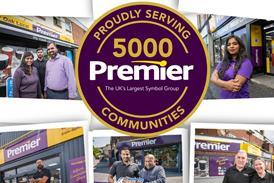

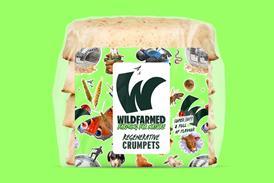







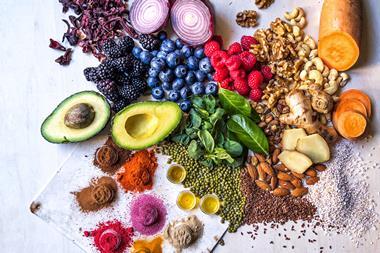


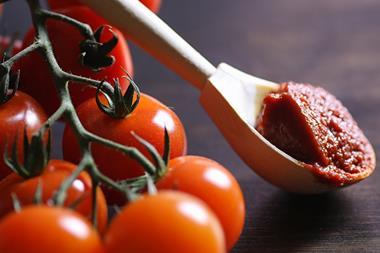



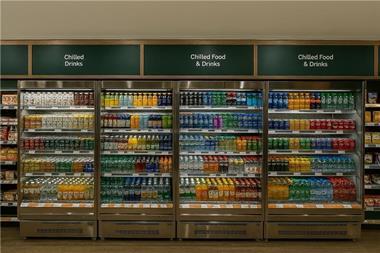
No comments yet